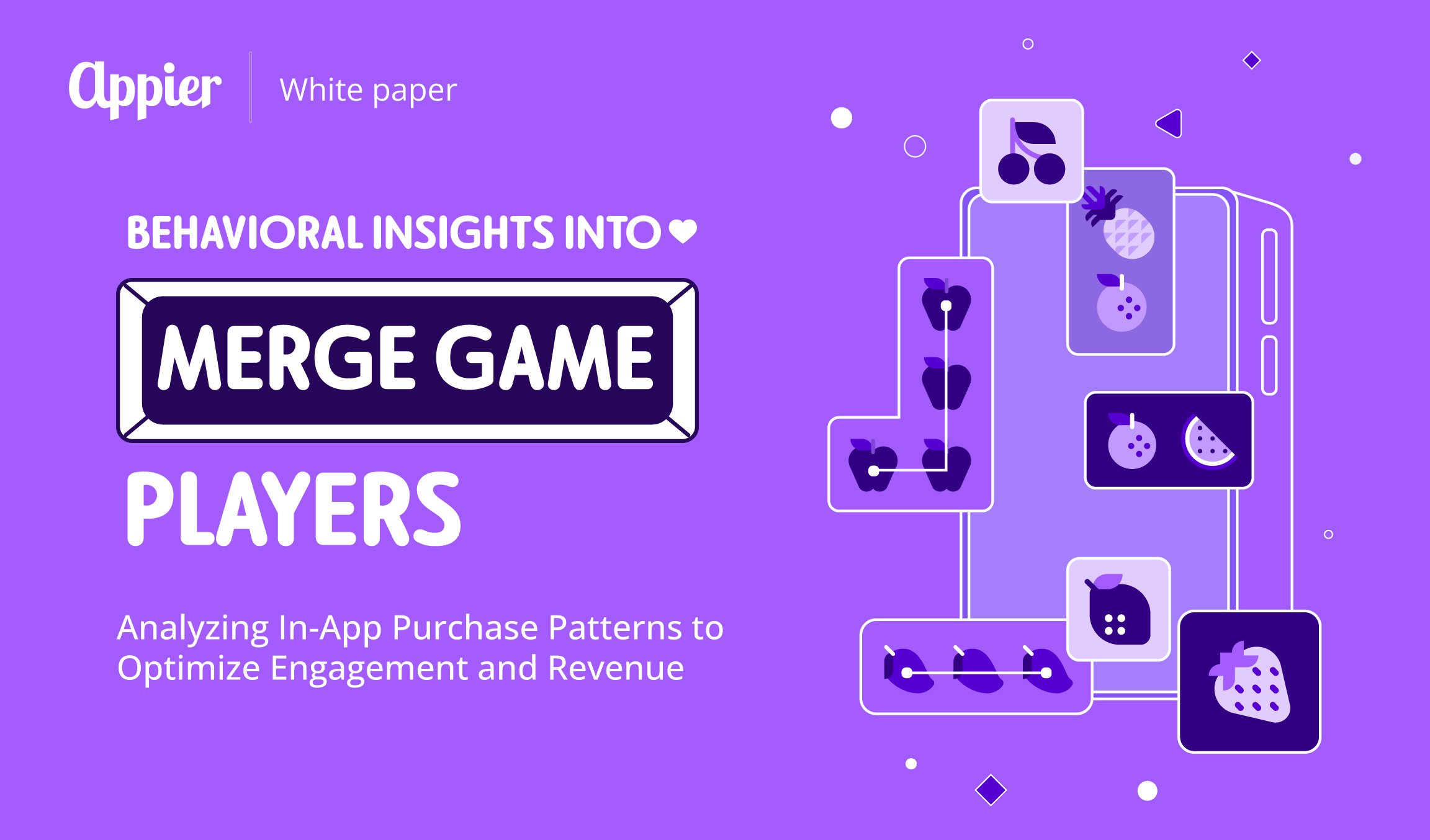3 min read
What Is Market Segmentation?
Market segmentation is a way of separating your customers into different groups. Once you have done so, you can tailor your marketing campaigns in order to appeal to these different target segments.
Customer segmentation can be based on various factors:
Behavior (known as behavioral segmentation)
Demographic information (age, income bracket, etc.)
Psychographic information (social class, lifestyle, personality, etc.)
Geographic (location)
By breaking its customers down into various groups based on the above factors, a company can look at each audience segment individually, and identify their needs, wants and desires. Marketers can then use this information to design marketing campaigns and create ads that appeal directly to these audiences.
Examples of Market Segmentation
Lots of different people use a gym – despite the stereotypes, there is no one archetypal gym user. A gym will attract fitness fanatics, but even these will be split into those time-poor young professionals who favor HIIT (high intensity workouts) to get results quicker, treadmill addicts, weightlifters whose only goal is building muscle mass, and so on.
Add to this the scores of casual gym goers, like those social users who only go to fitness classes with friends, those who just want to try something new, older people wanting to retain mobility and those recovering from illnesses or injuries.
It is obvious one marketing campaign isn’t going to appeal to all these varied users, all of who have different needs and goals. Instead, a gym would do well to come up with a segmentation strategy in order to create multiple personalized campaigns and get the highest return on investment.
How to Choose a Segmentation Strategy
When devising a marketing segmentation strategy, you can choose one or more factors identified above (behavior, demographic, psychographic and geographic) to segment your customers depending on your goal.
However, if you want to target customers with the highest precision, you will need to understand their interest and intent in real time. This requires you to understand their changing behavior online throughout the customer journey. Leverage a data science platform powered by machine learning to analyze this data on their behavior, and then use the insights for effective segmentation.
In order to be reliable, your results should be:
1. Measurable – you can identify segmentation variables related to your product or service, and develop a descriptive profile of the segment.
2. Accessible – you can reach the target segment efficiently and cost-effectively.
3. Substantial – your segments must be able to spend money with your company.
4. Actionable – and they must not only be able, but willing to spend.
Marketing segmentation done right, it can not only help you improve campaign performance and business focus, but also discover new areas to expand, and boost your conversions.
Want to see how machine learning can help you with more effective segmentation and precise targeting? Get in touch with one of our specialists now!



-1.png?width=3000&height=1834&name=SuperLike_%E5%B7%A5%E4%BD%9C%E5%8D%80%E5%9F%9F%201%20(1)-1.png)